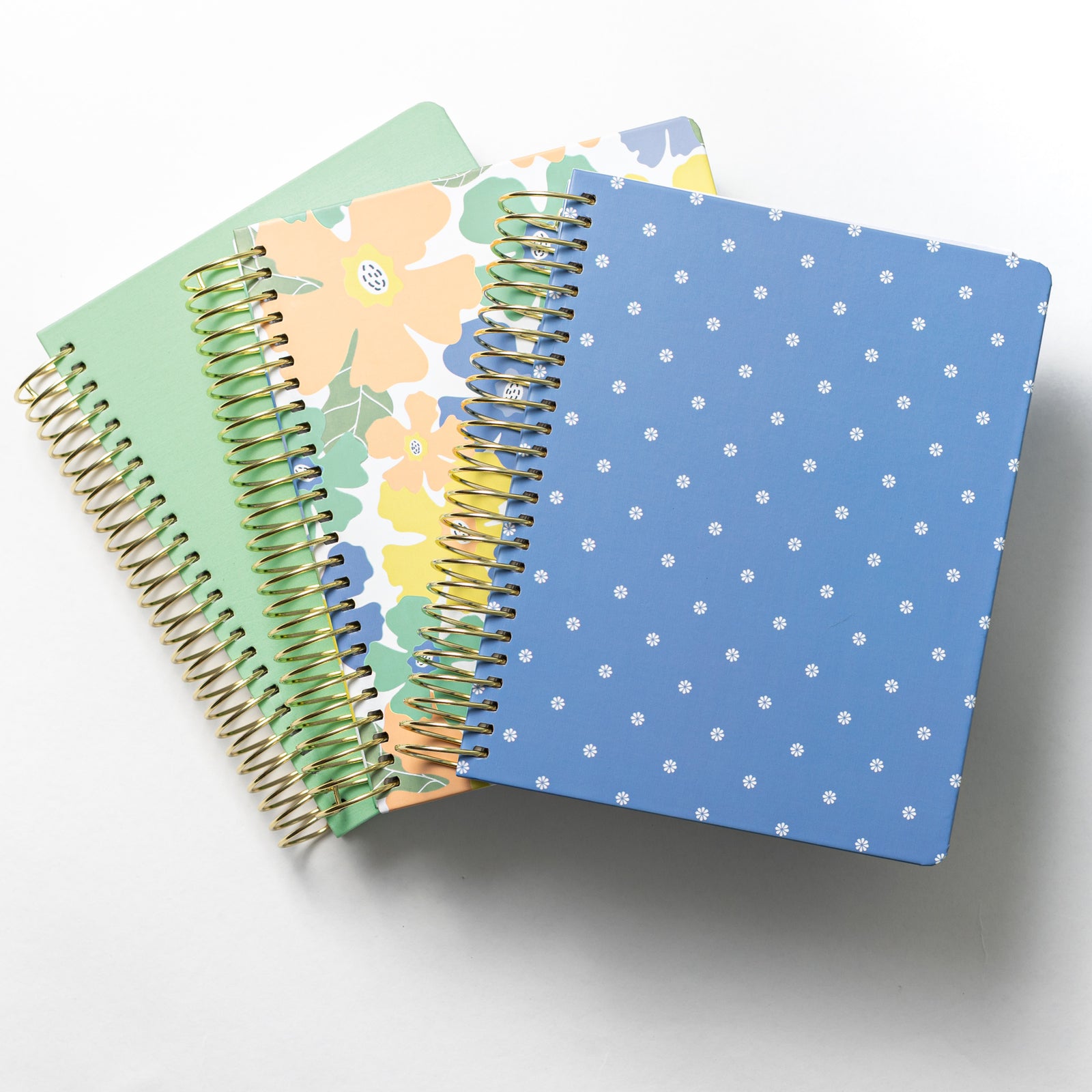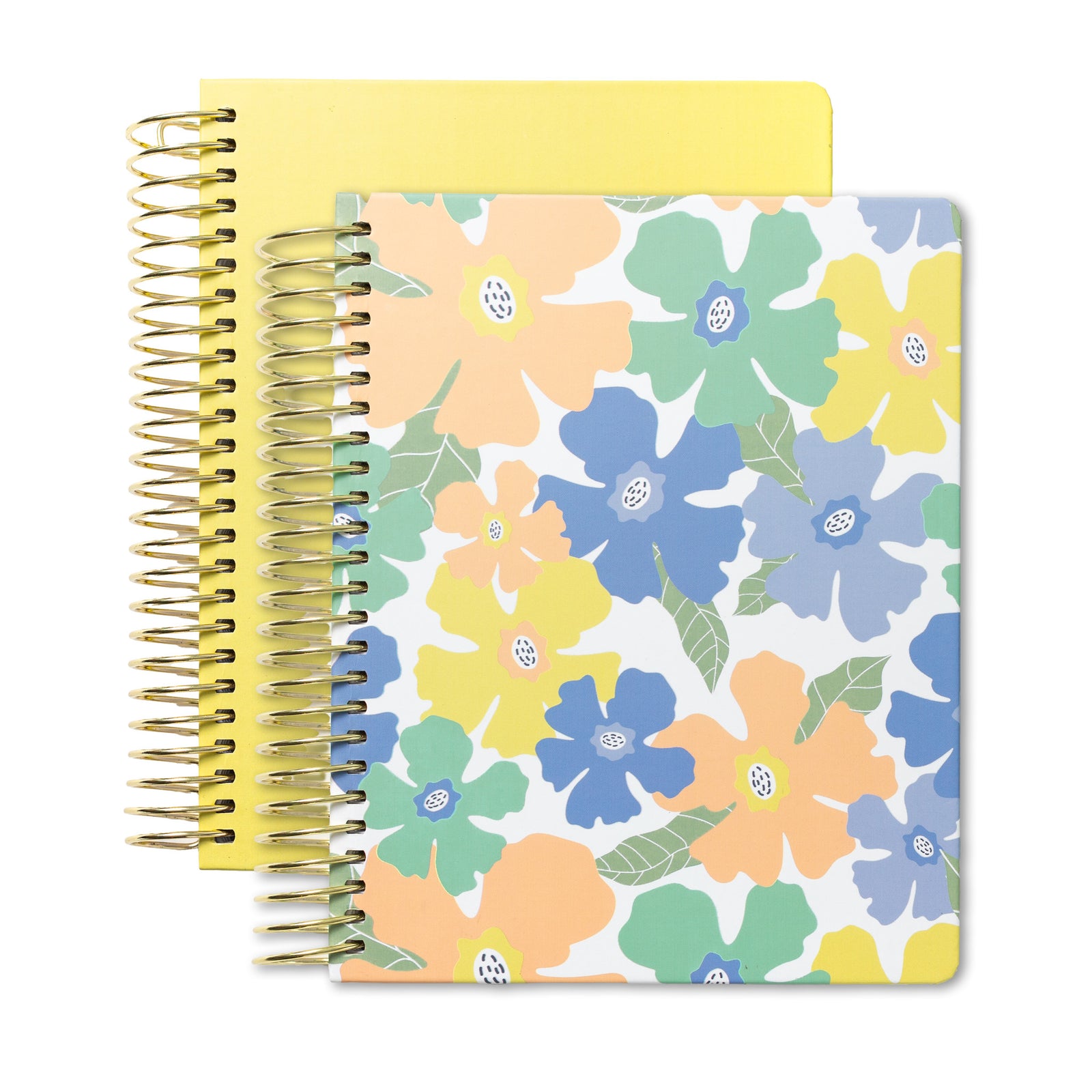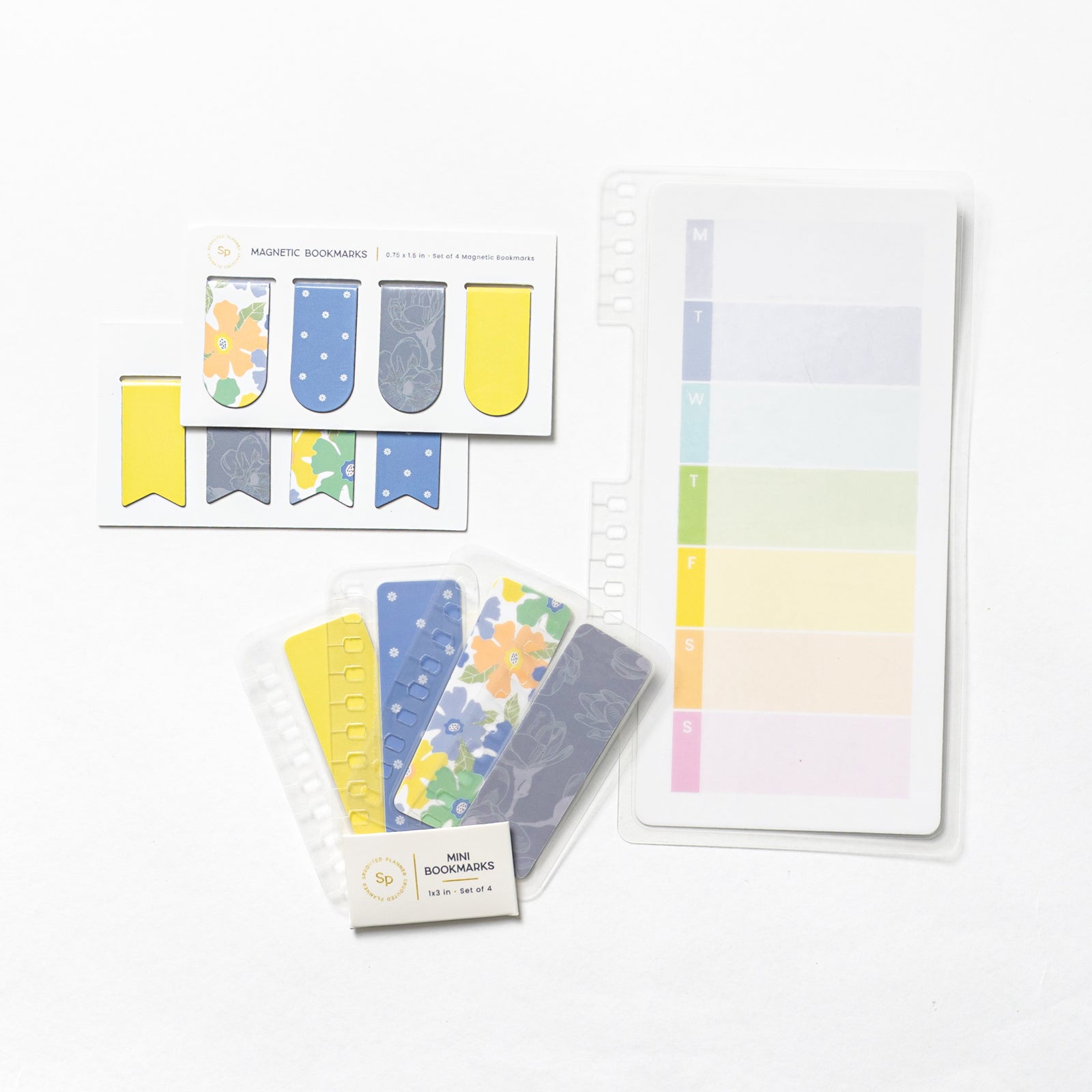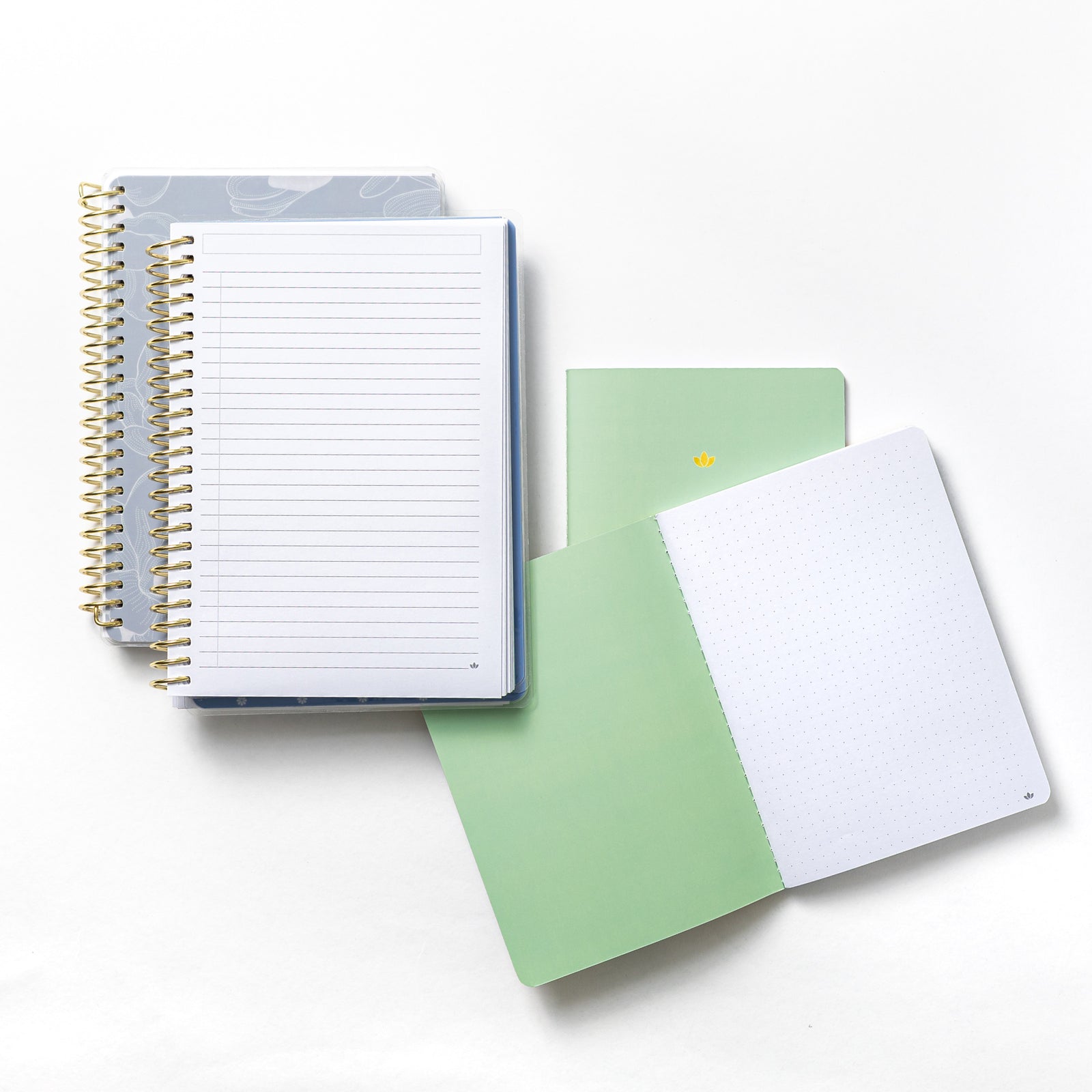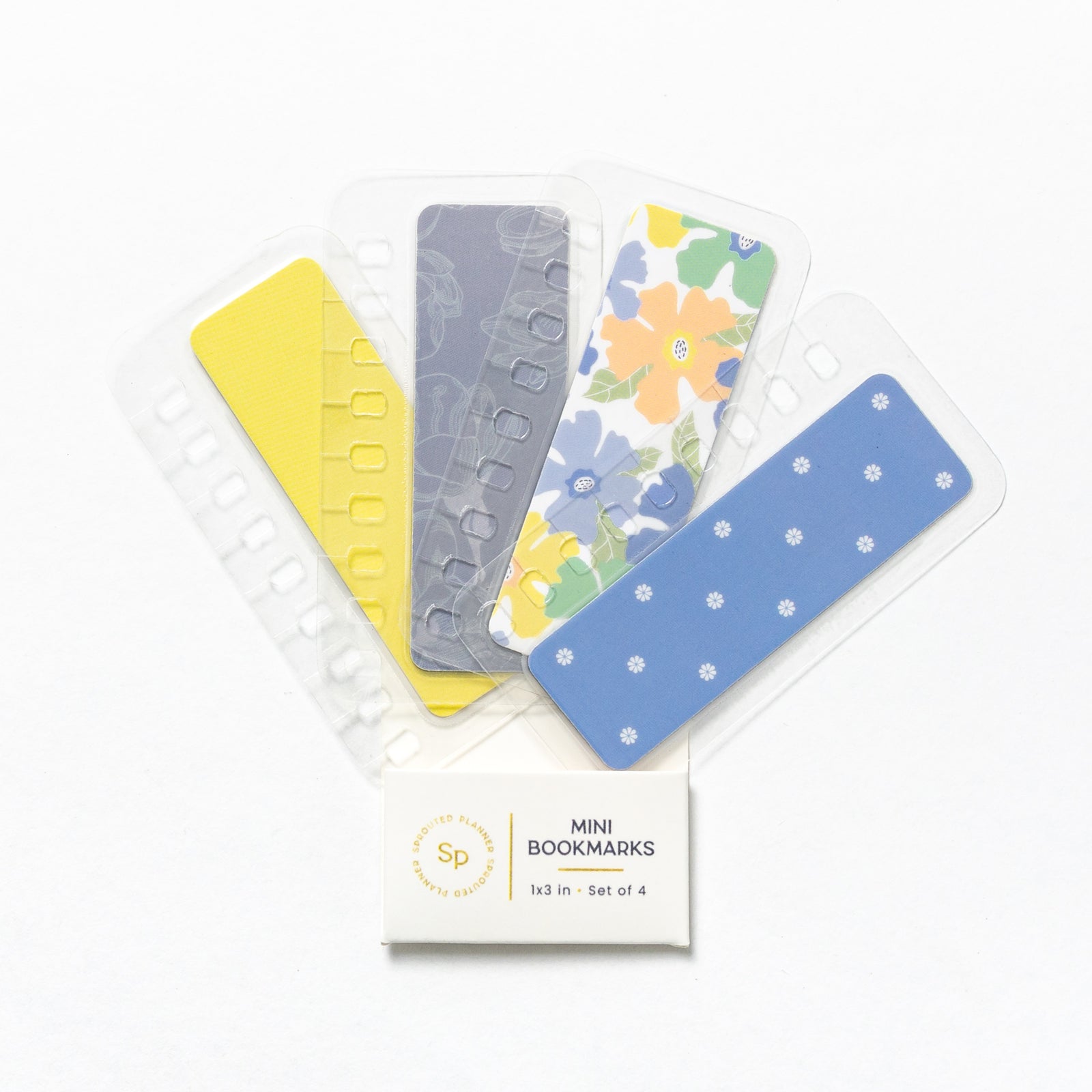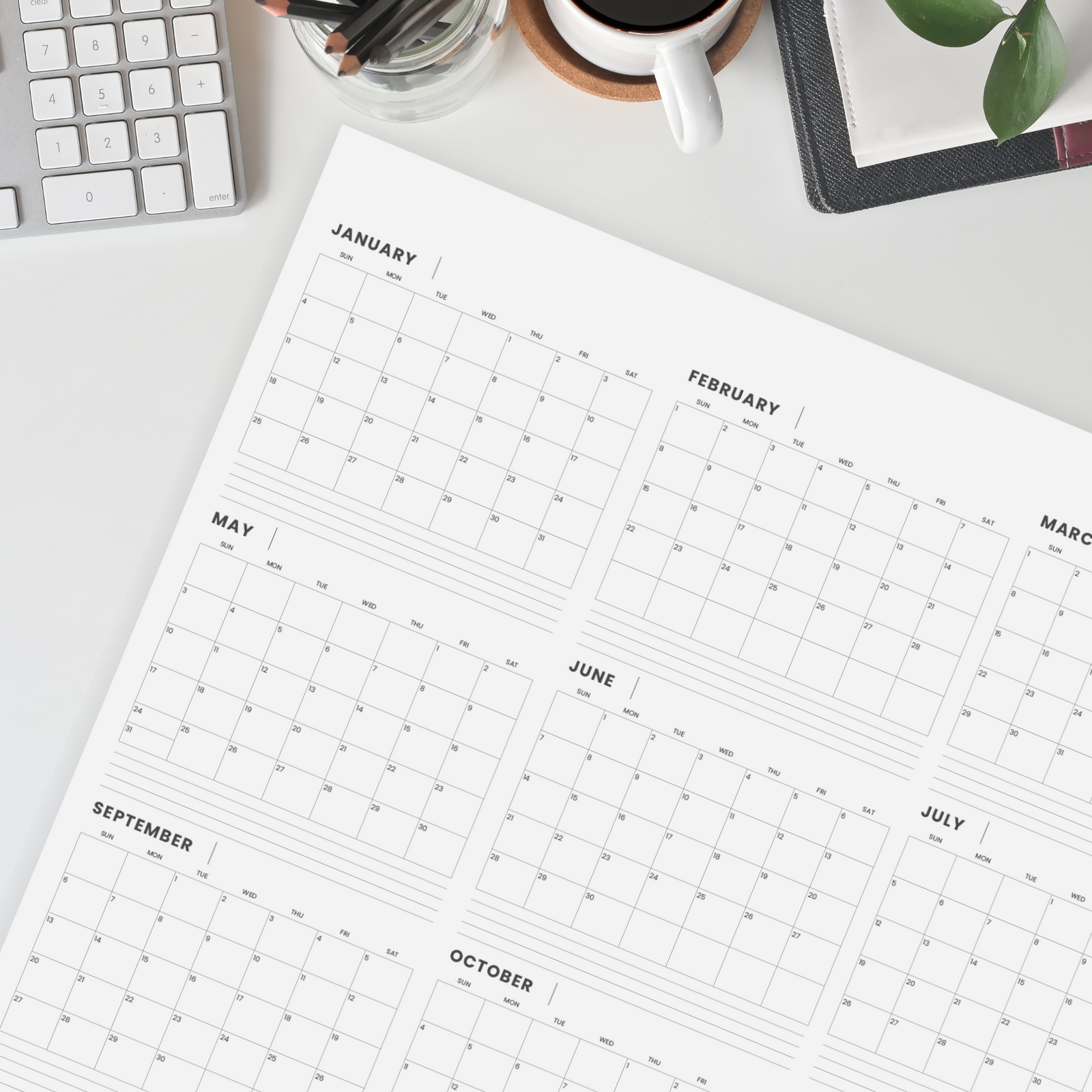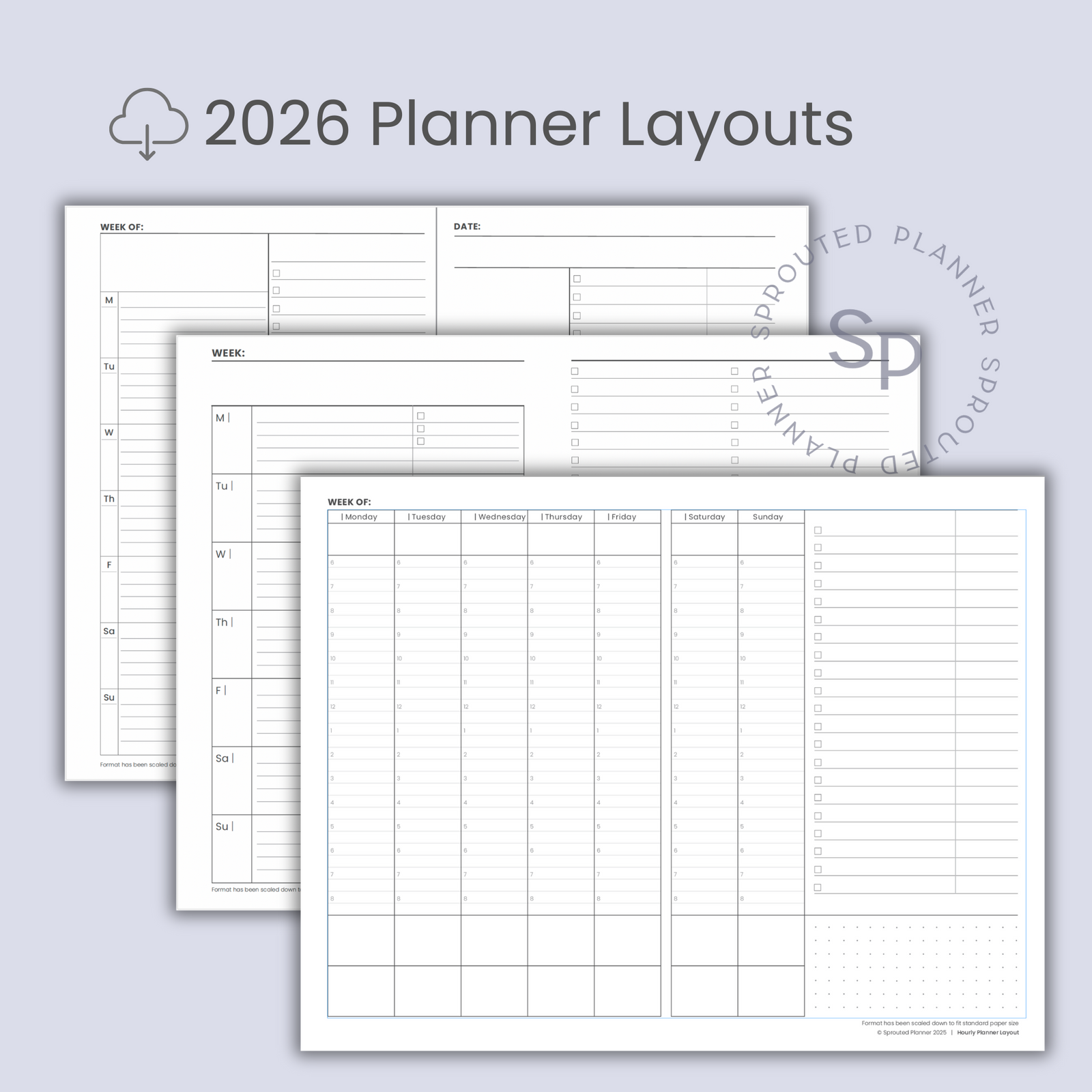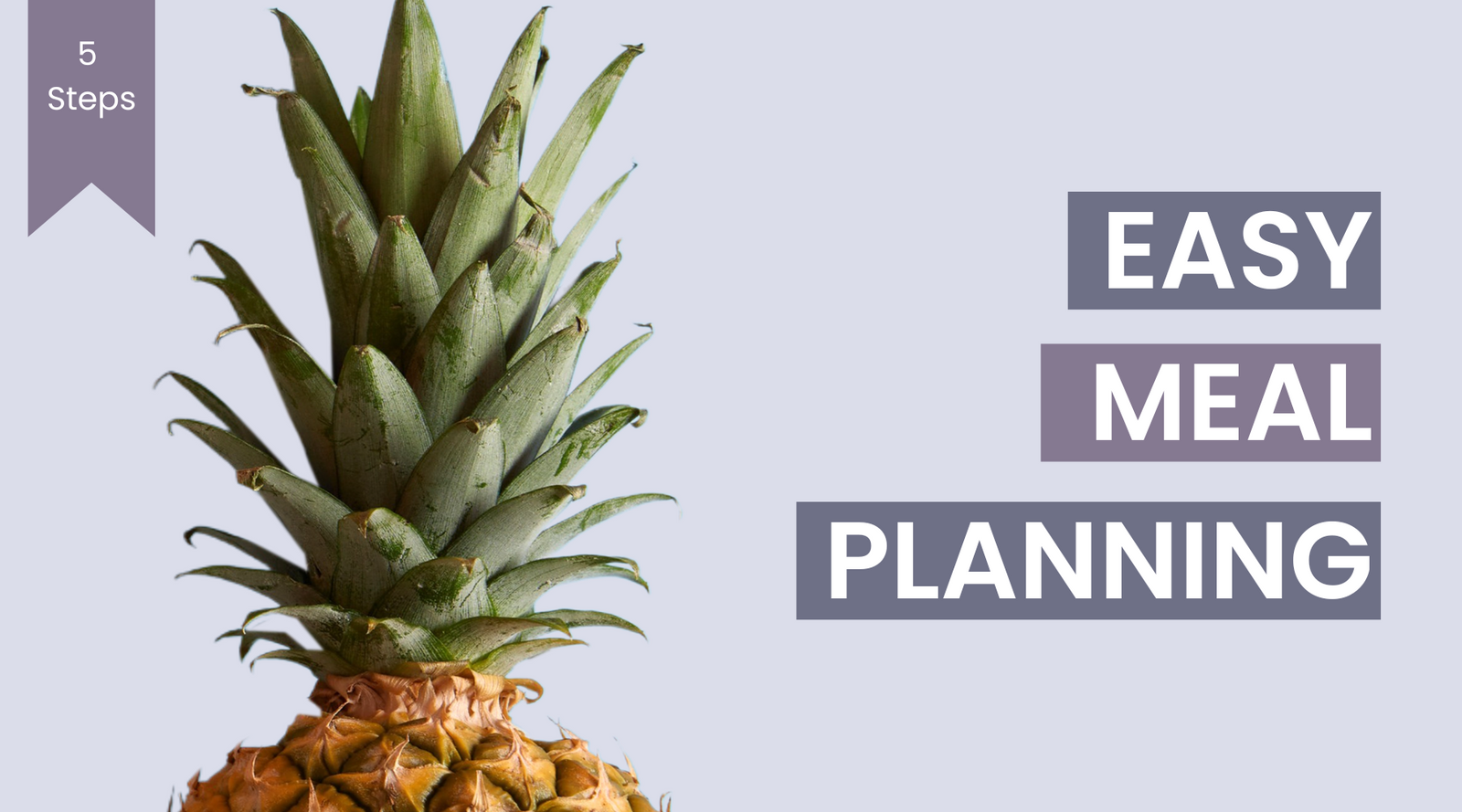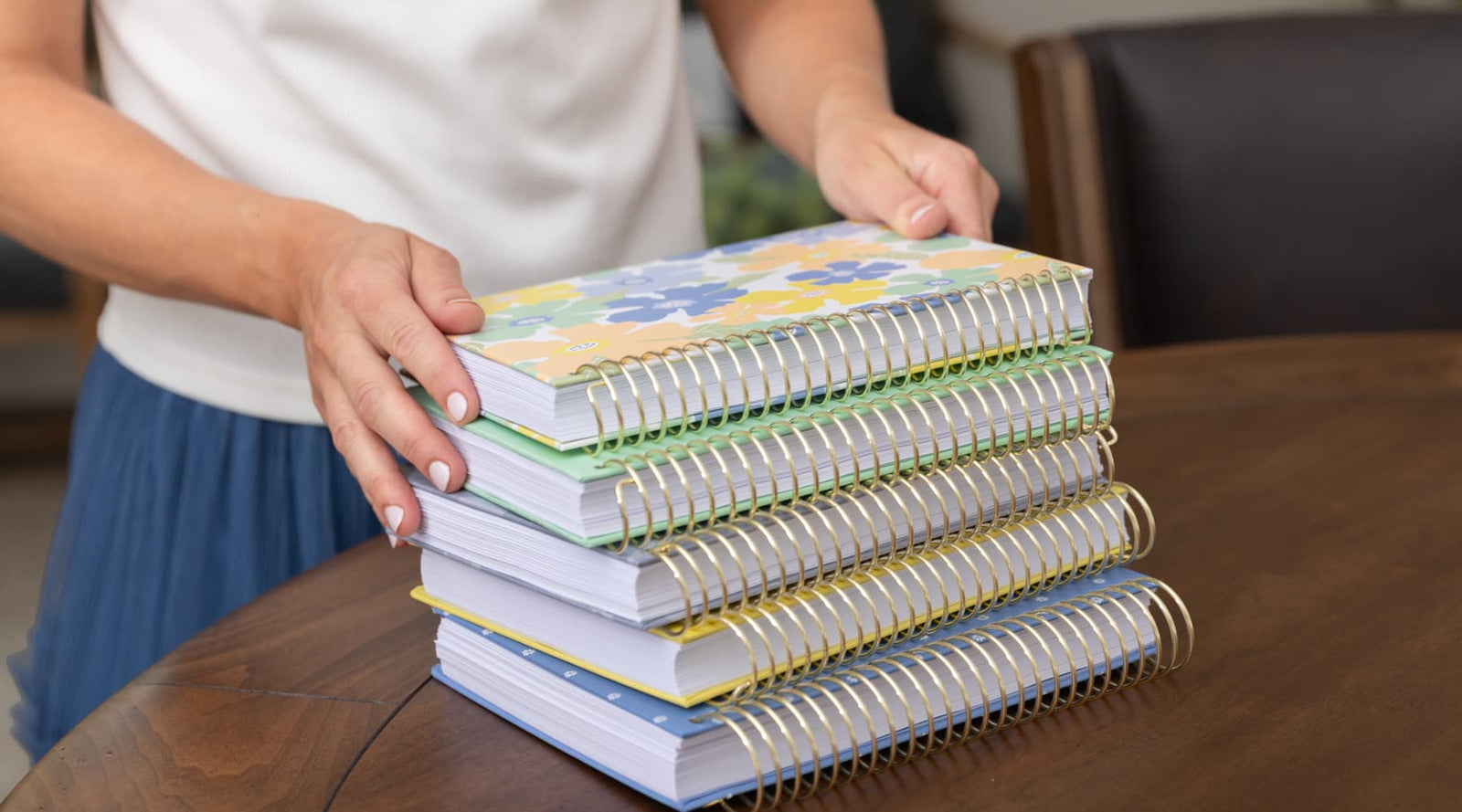I can’t believe he went to the grocery store every day.
Every. Day.
Can you imagine? I don’t mind going grocery shopping, but not every single day.
To each their own, though. My dad was more into feeling out dinner that day vs. planning out dinner for the week. He also was a meat snob and wanted it fresh, never thawed from frozen.
As a planner and mom of littles, having to decide on dinner day-of makes me panic inside. Thoughtful thinking is a luxury these days, and it ain’t happening at 4pm after a day with kids.
For me, meal planning is comforting because it’s already been decided and I don’t have to panic-think of ideas, nor frantically search the pantry if I have the ingredients.
Oh, I should mention that my dad lived 2 minutes away from a grocery store, making those daily trips much easier.
I will admit, meal planning takes its own mental toll sometimes. Planning out a week of meals takes time, strategy, and awareness. Though the benefits are worth the effort:
- Reduced decision fatigue on a day-to-day basis
- Less trips to the grocery story, saving you time and money
- Eliminates food waste
- More likely to eat healthier (vs grabbing food to go)
The more you do it, the easier it becomes. You come up with a system that works for you and your family.
I’m always an advocate of creating systems that work for you instead of trying to shove yourself into someone else’s routine/habits, only to fail after a while because it doesn’t match your natural rhythms and season of life.
With that said, here’s how I meal plan on a weekly basis. Take what will work for you and leave the rest.
Step 1: Assess what you already have
Complete a quick inventory of what you have in the fridge that needs to be used. Let those ingredients be the catalyst for your plan. Use your planner to write down this list.
Your pantry items are less at risk of going bad within the week, but it’s still good to have a general inventory of what’s in there. Same with your freezer.
If you prefer to have a more official list, I created a food inventory tracker. You can find the link to the printable at the bottom of this blog.

Step 2: Look at your schedule
Looking ahead, determine what nights need meals. Then decide the capacity you have to make those meals.
You may need a meal on Tuesday night, but you don’t get home until 5:30. You’ll have very little mental or time capacity to whip one up. Therefore, your dinner needs to be done in the crockpot (or InstaPot or Air Fryer), or it can be a leftover or takeout night.
Step 3: Plan your dinners first
For us, dinners are always the thing that changes most often, depending on our season (both weather-wise, and available ingredients). Breakfast and lunches tend to stay very similar from week to week.
This is the point you’re most likely to get stuck. I love cooking, planning food, thinking about food, and trying out new recipes. Some weeks of meal planning come flowing out of me with zest and enthusiasm. Other weeks, it feels like an impossible and uninspired task.
Here’s some tips and anchors we use to help us with dinner planning.
Ingredient Inspiration
Looking at your list of fridge items that need to be used up, let one of the ingredients be the catalyst for a meal idea. Even if it’s a simple vegetable, you can reverse engineer your way into a meal.
For example, cauliflower. You have a head that needs to be used this week. I can think of 2 things:
1) Creamy cauliflower soup. Which would go really well with a pork tenderloin. Add a nice green salad for color and crunch. Boom. Meal planned.
2) Cauli-rice. Make “fried rice” out of it. Fried rice goes well with sesame chicken. Boom. Meal.
You could do this for every ingredient that needs to be used up in your fridge, and probably have a full week of meals.
Theme Nights
Assign each night of the week with a theme. This could be by cuisine (Mexican, Italian, Chinese, Vegan, etc.) or like sections of a menu (Salads, Sandwiches, Pizza, Burgers, etc.). Or a combination of both.
These are our theme nights:
- Monday: Meatless Monday
- Tuesday: Mexican
- Wednesday: Italian
- Thursday: Leftovers/scrounge
- Friday: Easy meals
- Saturday: Take out/open to whatever we feel like
- Sunday: Traditional Sunday dinner
This theme menu is not law of the land. It’s simply a tool to help your brain limit, sort, and categorize so you’re not overwhelmed.
Rotating Meals
A sub-category is to have rotating meals within the themes. I’d guess the majority of us have our typical go- to meals. We know we like them. We know our kids like them. We know how to make them. Simple.
Have a list of 3-4 meals within each theme to rotate through on a weekly basis.
For us, our traditional Sunday dinner rotation is this:
- pot roast with mashed potatoes and gravy,
- pork tenderloin with mashed potatoes and gravy + roasted veggie, and
- roast whole chicken with (you guessed it) mashed potatoes with gravy + roasted veggie.
Mexican Tuesday usually rotates around basic or street tacos, enchiladas, and fajitas.
This themed menu also has wiggle room for leftovers and for creativity/new recipes/tiredness.
Since I grocery shop on Fridays, we always do leftovers on Thursdays. It’s a great way to use up leftovers and clean out the fridge for the incoming haul. If we don’t have leftovers, then we scrounge. It usually turns into this weird charcuterie counter of randomness but it gets the job done. The kids will get chicken nuggets and random cut-up veggies and fruit, or even just cereal.
We are all exhausted by Friday, so I like it to be easy. Pizza and salad. Meatloaf and roasted little potatoes with steamed green beans (that sounds more extensive than it really is). Whatever is a quick prep, this is the night for it.
We also include a night for take out or letting our moods dictate what we eat.
Plan to Eat
Plan to eat is an online recipe organizer and planner. It holds all your recipes and allows you to plan your meals by dragging them into a calendar. It will then provide you with a shopping list for those meals. It also comes with a browser extension so you can “clip” recipes online with ease. Of course there is an app for your phone too.
It’s a subscription you pay by month or year. As of 2022, I paid $39.00 for the year. They usually offer a killer Black Friday deal too, at least they have in previous years.
It takes some labor and time to get your recipes loaded, but it’s well worth it. It has been revolutionary to have a list (and pictures) of all my recipes so I can drag them into the calendar. Then it gives you the shopping list!
Plan to Eat has given me a lot of time back. Much more than it took to get my recipes in there.
As I was searching for the subscription price, I stumbled about a referral link too. This was not the intent of my plugging this company, honestly. I truly do love it and the heart behind it.
If you’re a first time user, use this link to sign-up for the Plan to Eat to save 20%. In return, I earn 20% too. I’d say that’s a win-win. If you want to try it out, here’s the link (Oh, and there’s a 14-day free trial): https://app.plantoeat.com/ref/119013e71e
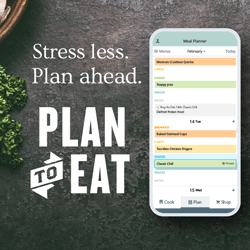
Step 4: Finish your list
Once you have your dinners planned, fill in the blanks of your meals. Breakfasts, lunches, and snacks.
Our household tends to eat the same type of things for breakfast and lunch. A lot of oatmeal for breakfast. A lot of eggs or leftovers for lunch. Same with my kids. We don’t need to plan out every lunch or breakfast, is what I’m saying. But if you need or want to, now’s the time.
Once you have your meals down, you write out your shopping list. I use an app on my phone for this called ShopShop. It’s really old and I’m sure there are better ones but it works and I’m used to it. I have a ShopShop shopping list page for groceries and Target.
I start adding to my shopping list in this order:
- Throughout the week with things we need/run out of
- Dinner ingredients (after referring to my inventory list to ensure we don't already have it)
- Lunch stuff
- Breakfast stuff
- Staples & snacks
Somewhere between now and actual grocery shopping, I will arrange the list by layout of the store I’m going to.
Step 5: Put it in your planner

Lastly, write your dinner plans into your Sprouted Planner. I like to highlight my meals in green to set them apart from everything else.
This meal planning business is certainly a labor of love. It’s easy to underestimate how much time goes into planning, shopping, storing, and cooking our food. Anytime you can streamline the process, do it.
The more you meal plan, the faster it will become. You’ll also learn what works for you and what doesn’t. The best way to meal plan is one that works for you.
Now for that tracker. Click here for instant access to the free inventory tracker. Download, print, and let the food waste disappear!



